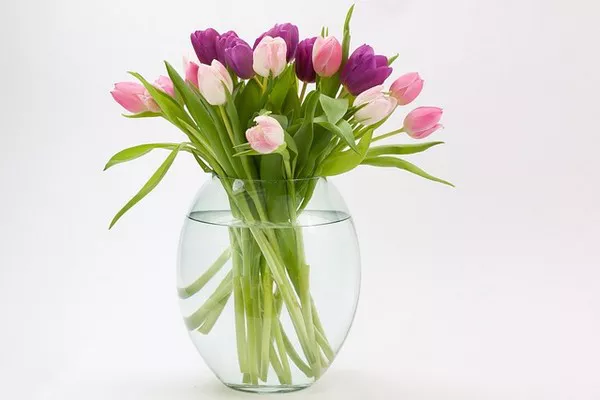Flowers, with their vibrant colors and delicate petals, have long been cherished for their ability to brighten up any space and evoke a sense of joy. Whether received as a gift or used to adorn a room, a bouquet of flowers can instantly enhance the ambiance. However, one common question that arises is: How long will these beautiful blooms last?
The lifespan of a bouquet of flowers can vary depending on various factors, including the type of flowers, environmental conditions, and proper care. In this article, we delve into the science behind floral longevity to understand what influences the lifespan of a bouquet and how to maximize its beauty and freshness.
Understanding Flower Lifespan: Factors at Play
Flowers, like all living organisms, have a natural lifespan dictated by biological processes. From the moment they are harvested or purchased, flowers begin a gradual process of senescence, or aging, which ultimately leads to wilting and decay. However, several factors can influence the speed at which this process occurs:
1. Type of Flowers: Different types of flowers have varying lifespans. Some flowers, such as roses and orchids, are known for their longevity and can last up to two weeks or more with proper care. On the other hand, more delicate blooms like tulips and daisies may only last for a few days.
2. Environmental Conditions: The environment in which flowers are kept plays a crucial role in determining their lifespan. Factors such as temperature, humidity, and light exposure can all affect the rate of flower deterioration. For example, placing flowers in direct sunlight or near sources of heat can accelerate wilting, while cooler temperatures and moderate humidity can help prolong their freshness.
3. Water Quality and Availability: Adequate hydration is essential for maintaining the freshness of flowers. Clean, fresh water helps prevent the growth of bacteria and keeps the stems hydrated, allowing for optimal nutrient uptake. Additionally, ensuring that flowers have enough water to sustain themselves can prolong their lifespan significantly.
4. Proper Handling and Care: How flowers are handled and cared for from the moment they are harvested to their placement in a vase can impact their longevity. Damage to stems or petals during harvesting, transportation, or arranging can shorten the lifespan of flowers. Similarly, using clean vases, trimming stems, and removing any foliage that will be submerged in water can help prevent bacterial growth and prolong the freshness of the bouquet.
Maximizing Floral Longevity: Tips for Prolonging the Lifespan of Your Bouquet
While the natural lifespan of flowers is finite, there are several steps you can take to maximize their freshness and beauty:
1. Choose Fresh Flowers: When selecting flowers for a bouquet, choose those that are fresh and in peak condition. Look for firm stems, vibrant petals, and buds that are just beginning to open. Avoid flowers that show signs of wilting, discoloration, or drooping.
2. Properly Prepare the Stems: Before arranging your bouquet, trim the stems at an angle and remove any foliage that will be submerged in water. Cutting the stems at an angle increases the surface area for water absorption, allowing the flowers to take in more moisture. Use clean, sharp scissors or floral shears to prevent crushing or damaging the stems.
3. Use Clean Vases and Fresh Water: Fill a clean vase with fresh, lukewarm water and add floral preservative if available. Remove any leaves that will be submerged in water to prevent bacterial growth. Change the water every two to three days, recutting the stems each time to maintain optimal hydration.
4. Control Environmental Conditions: Place your bouquet in a cool, well-ventilated area away from direct sunlight, heating vents, or drafts. Avoid placing flowers near ripening fruits, as the ethylene gas they produce can accelerate flower aging. If possible, use a floral refrigerator or cooler to extend the lifespan of your bouquet.
5. Regular Maintenance: Monitor your bouquet regularly for signs of wilting or decay and remove any spent flowers or foliage. Replenish the water as needed and make fresh cuts to the stems if they appear to be waterlogged or slimy. Gently misting the petals with water can also help hydrate the flowers and prolong their freshness.
Conclusion
While the lifespan of a bouquet of flowers is ultimately determined by nature, proper care and attention can significantly extend their beauty and freshness. By understanding the factors that influence floral longevity and implementing simple maintenance techniques, you can enjoy your bouquet for as long as possible. So the next time you receive or purchase a bouquet of flowers, remember these tips to ensure they bring joy and beauty into your home for days to come.


